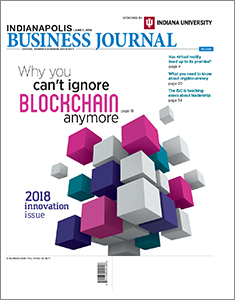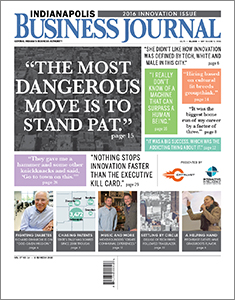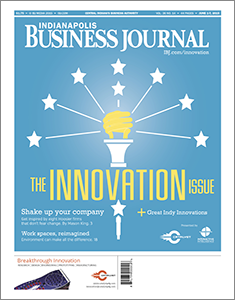The 2021 Innovation Issue
DISRUPTION. It can come suddenly, in the form of a pandemic or a pipeline hack. Or it can creep up, as a startup changes the nature of a traditional industry. But it’s always coming. In this year’s Innovation Issue, we explore how to be the disrupter, what to do when facing disruption and what to learn from the process.
Disruptive innovation



-
One reason is that big companies are focused on staying on course—maintaining the successes and strengths that made them big in the first place. And if you’re always on course, there’s little room for innovation. Read more
-
Some organizations are able to consistently thrive in a volatile environment, and it’s no accident. Is it because their leaders are more intelligent? Is it because they have a better plan? Read more
-
We often hear people talk about the “first-mover advantage.” In reality, academic research suggests the opposite. First movers rarely reap all the benefits of their disruption. In Read more

Here to stay?
Some COVID changes might linger long after virus. Read more
COVID disruption



-
For decades, one industry—health care—has largely clung to its traditional model of person-to-person visits in brick-and-mortar buildings, even as other industries have gone virtual. It took a pandemic to disrupt everything, almost overnight. Read more
-
When the pandemic hit last spring, KAR Global had little choice but to shut down its in-person, wholesale auto auctions, which had been the publicly traded company’s backbone for years. But within two weeks, the Carmel-based company was back up and running—with 100% remote auctions. So how did KAR make it happen? Read more
-
Just as happened at the beginning of the outbreak, managers and employees are once again navigating terra incognita, feeling their way toward a new workplace normal. Read more
Diversity in focus




-
Shaken by protests and social unrest in cities across the country in 2020, employers in particular ramped up diversity commitments within their organizations. Read more
-
Tamara Cypress—of Black Onyx Management, Indy Black Businesses Matter and Indy Accomplice—discussed with IBJ the progress that’s been made on equity and inclusion problems and the challenges that still exist. Read more
-
For more than a century, Eli Lilly and Co. has pushed for innovation in the pharmaceutical industry. But six years ago, the drugmaker had to admit it was less than innovative in its own workforce. Read more
-
The most important example of CICF’s innovative approach to community philanthropy is its journey toward equitable opportunity for all and dismantling systemic racism. Read more
Supply chain disruption


-
A global semiconductor shortage, driven in large part by pandemic-related factors, is forcing many central Indiana manufacturers and distributors to broaden their supply base and forecast their needs longer term, along with hoping for federal aid from the president’s infrastructure proposal. Read more
-
Even as U.S. COVID-19 cases have declined, supply-chain problems have persisted. For a variety of reasons—from shifts in consumer behavior to a plummet in available airline flights to congestion at ocean ports—the pandemic has scrambled everything across a wide swath of industries. Read more








